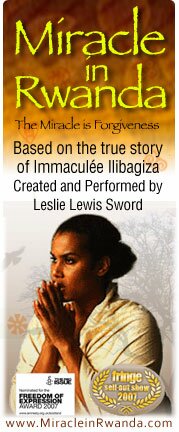 Who's OnlineStatisticsVisitors: 1268944Events Calendar
TLC in Manila Bulletin
|
Understanding Different Learning Styles and Adapting Teaching Methods🎓 Education is a transformative process that empowers individuals with knowledge and skills to navigate the world around them. However, not all learners absorb information in the same way. People have different learning styles, which refer to the preferred methods they use to acquire and retain knowledge. Understanding these learning styles and adapting teaching methods accordingly can greatly enhance the effectiveness of education. The VARK Model📚 One popular framework for categorizing learning styles is the VARK model, developed by Neil Fleming. According to this model, there are four primary types of learners:
📝 It is important to note that most individuals exhibit a combination of these learning styles, with one or two preferences being more dominant. Adapting teaching methods to cater to these preferences can create a more inclusive and engaging learning environment. Adapting Teaching Methods🎯 To optimize learning outcomes, educators should employ a variety of teaching methods that appeal to different learning styles: 1. Visual Learning Methods✨ Visual learners benefit from visual aids and presentations. Incorporating elements like infographics, videos, and diagrams into lessons can help them grasp complex concepts more effectively. Teachers can also encourage visual learners to create their own visual representations of the material. 2. Auditory Learning Methods🔊 Auditory learners thrive in discussions, lectures, and audio-based resources. Teachers can accommodate these learners by incorporating group discussions, interactive lectures, and providing audio recordings or podcasts for further exploration of the subject matter. 3. Read/Write Learning Methods📖 Read/write learners benefit from text-based materials and activities. Providing written handouts, encouraging note-taking, and assigning writing tasks or research projects can help these learners process information effectively. 4. Kinesthetic Learning Methods👐 Kinesthetic learners learn best through hands-on experiences and physical activities. Incorporating practical experiments, simulations, role-playing, and interactive games can greatly enhance their understanding and retention of knowledge. Importance of Adaptation🌟 Adapting teaching methods to accommodate different learning styles is crucial for several reasons:
Conclusion🌈 Every student is unique, and their learning styles play a significant role in how they process information. As educators, it is our responsibility to recognize and embrace these differences, creating an inclusive and effective learning environment. By adapting teaching methods to cater to different learning styles, we can unlock the full potential of every learner, ensuring their success and growth. |




 National daily Manila Bulletin featured The Lewis College on the front of their Schools, Colleges and Universities Bulletin section (E1), To see the online version of this article, click here (this opens a new window/tab).
National daily Manila Bulletin featured The Lewis College on the front of their Schools, Colleges and Universities Bulletin section (E1), To see the online version of this article, click here (this opens a new window/tab).